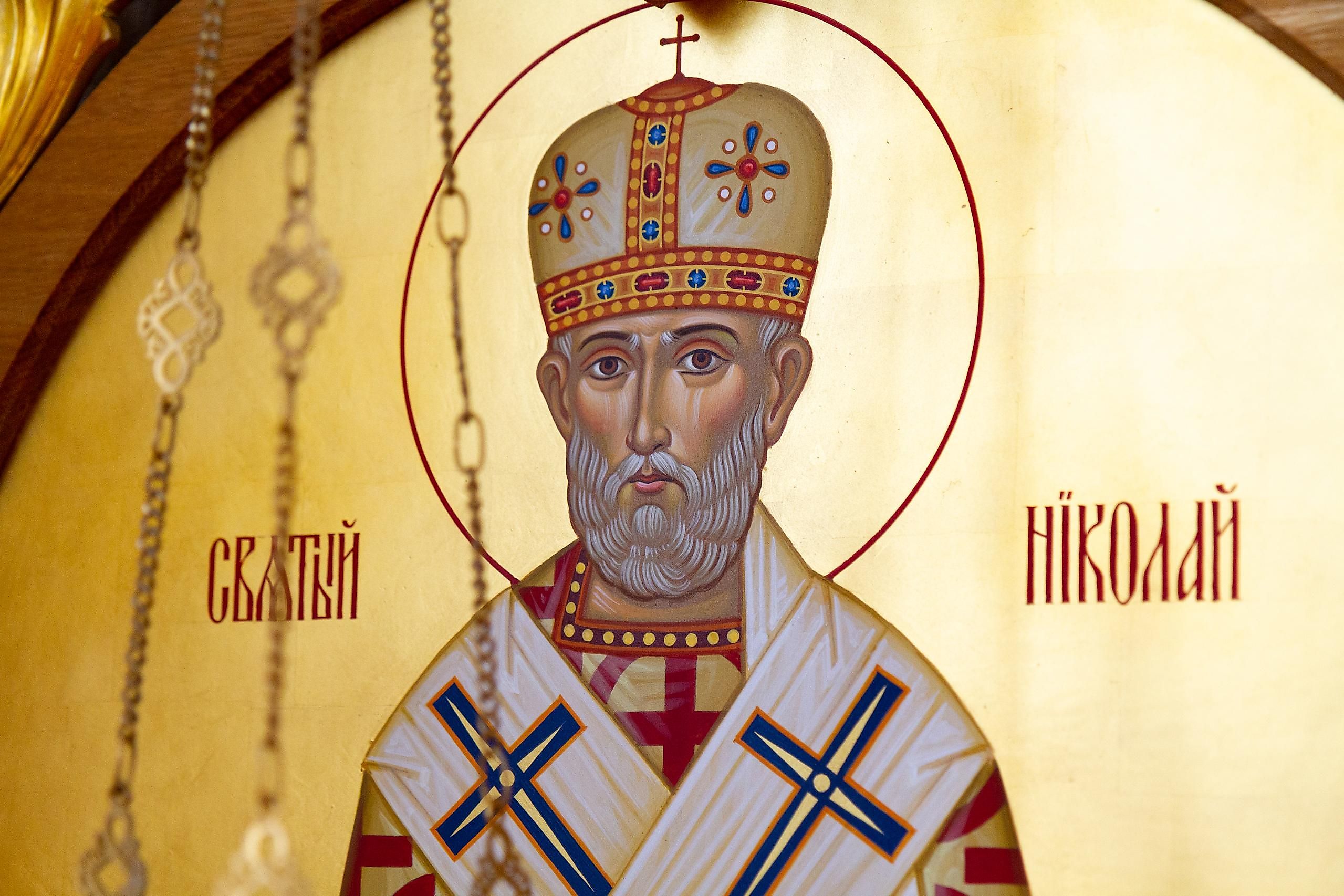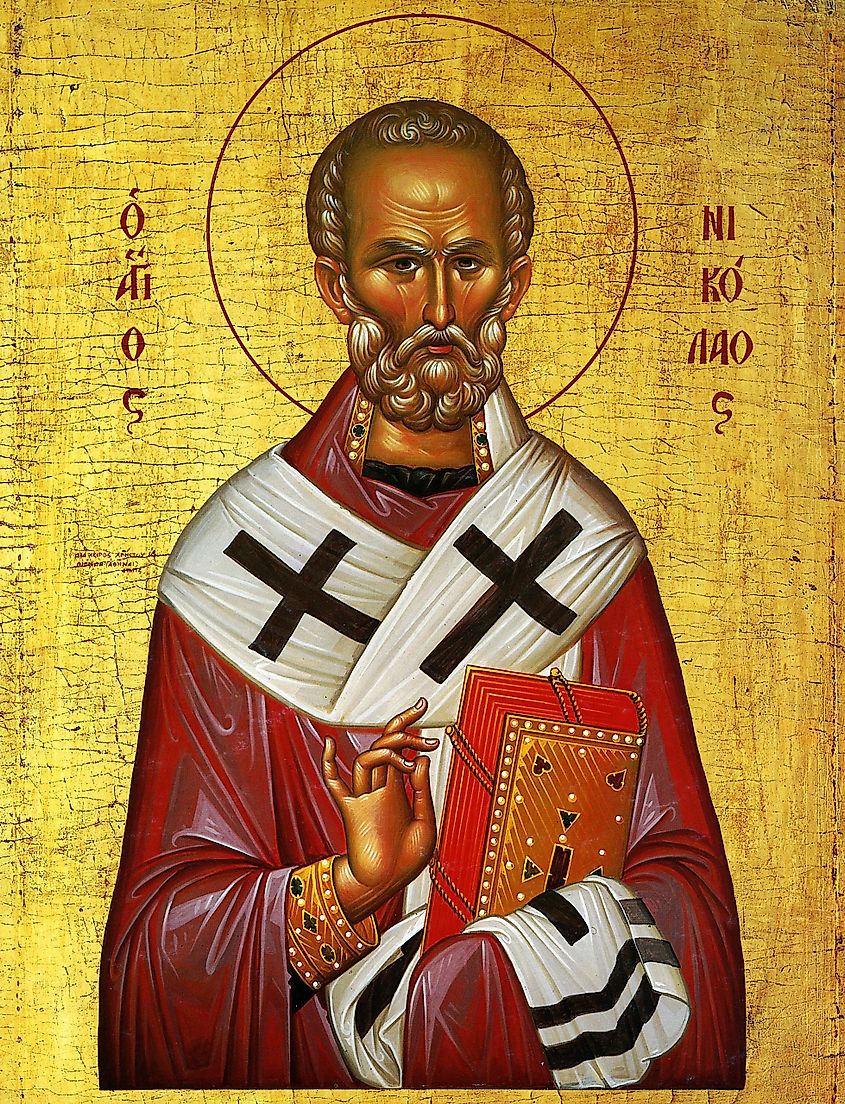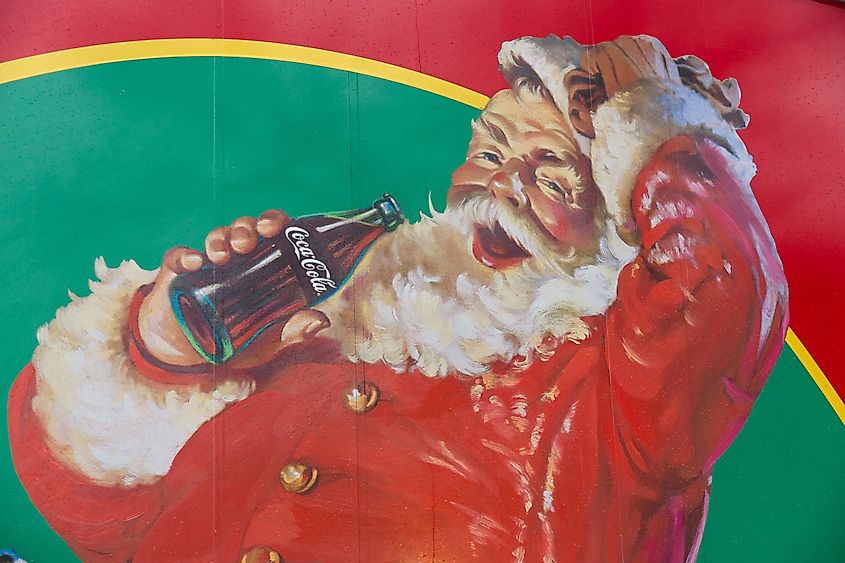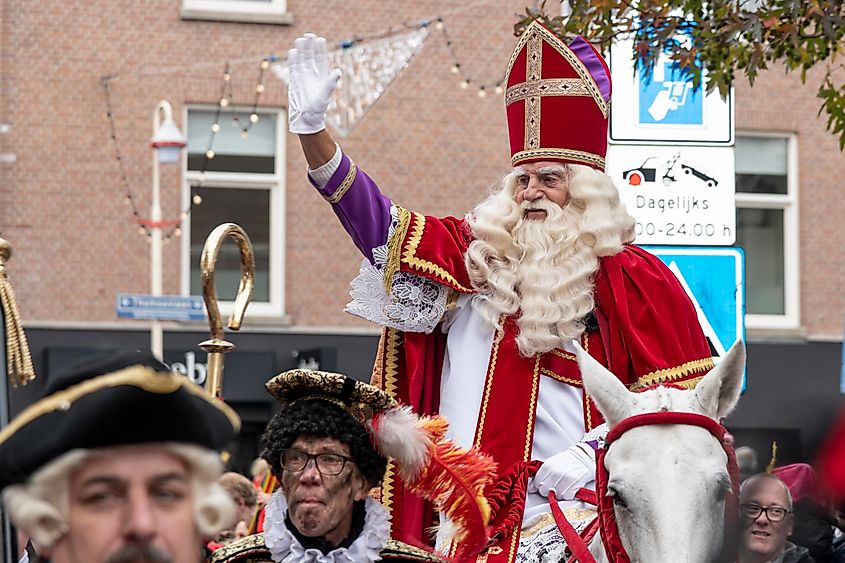
How St. Nicholas Became Santa Claus
Christmas is not complete without the one and only Santa Claus, the jolly old man in the red suit who brings presents to kids everywhere. But have you ever wondered where this iconic figure came from and how he became such a big part of the holiday season? The tale of Saint Nicholas and the history of his slow evolution into Santa Claus is a captivating mix of history, folklore, and cultural customs.
Saint Nicholas (270 A.D. - 343 A.D.)

Saint Nicholas, also known as Santa Claus, is a figure who has been revered for centuries for his generosity and kindness. The origins of Saint Nicholas can be traced back to a historical figure who lived in the 4th century in what is now modern-day Turkey.
Nicholas was born into a wealthy family and, after the death of his parents, he devoted his life to helping the poor and suffering. He became known for his generosity, particularly towards children, and for his love of giving gifts.
One famous story about Saint Nicholas tells of how he helped a poor man who couldn't afford a dowry for his daughters. Without the dowry, the daughters would have been unable to marry and would have been forced into a life of poverty. Saint Nicholas secretly left gold coins in the man's house, allowing him to provide dowries for his daughters and secure their future.
Over time, Saint Nicholas became the patron saint of children, sailors, and the poor. His legend spread throughout Europe, and he became a popular figure in many different countries.
In the United States, Saint Nicholas was eventually transformed into the jolly, red-suited character we know today as Santa Claus. The modern-day Santa Claus is a beloved figure who brings joy and happiness to children around the world during the holiday season.
Despite the many changes and adaptations that have occurred over the centuries, the spirit of Saint Nicholas lives on as a symbol of selflessness, kindness, and generosity.
The Rise of Santa Claus

The history of Santa Claus begins with Sinterklaas, a beloved figure in Dutch culture who is based on the legend of Saint Nicholas. For centuries, the Dutch have celebrated Sinterklaas on December 5th with gift-giving, caroling, and other festive activities. On this particular night, kids leave out their shoes and wake up the next morning to find them filled with presents and treats.
Sinterklaas is usually depicted as an elderly man with a long white beard, wearing a red bishop's cloak and a tall, pointed hat. He is also accompanied by a group of helpers known as "Zwarte Pieten," or "Black Peters," who are traditionally depicted with blackface makeup. This aspect of the Sinterklaas tradition has be become increasingly controversial over concerns about cultural insensitivity and racism.
In the 18th and 19th centuries, Dutch settlers brought the traditions of Sinterklaas to the United States, and Santa Claus began to take on a new form. The American version of Santa Claus became more commercialized and adapted to the cultural norms of the United States. The Coca-Cola Company plays a significant role in this transformation, featuring a jolly, red-suited Santa in their holiday advertisements.
The 20th century saw a flurry of marketing campaigns, children's books, and movies that further popularized the image of Santa Claus as we know it today. Despite the commercialization and cultural evolution of Santa Claus, this beloved figure remains an enduring symbol of the holiday season for people of all ages. The story of Saint Nicholas and the evolution of Santa Claus is a testament to the enduring power of storytelling and cultural traditions.
Christmas Variations

Christmas is a holiday celebrated around the world, with many different variations and traditions depending on the culture and location.
In Europe, Christmas traditions vary from country to country. In Germany, for example, people often celebrate Christmas by decorating Christmas trees and exchanging gifts. In Sweden, the holiday is called "Jul" and is celebrated with the lighting of candles and the singing of traditional Christmas carols. In Italy, a popular Christmas tradition is the Nativity scene, which depicts the birth of Jesus in a stable.
In other parts of the world, Christmas is celebrated in different ways. In Japan, for example, Christmas is not a national holiday and is not widely celebrated. However, it has gained some popularity in recent years, particularly among young people, who often exchange gifts and decorate trees.
In Latin America, Christmas is a time for religious celebrations, with many attending Midnight Mass on Christmas Eve. In some parts of Latin America, it is also traditional to decorate a "pesebre," which is a miniature Nativity scene, in the home.
No matter where it is celebrated, Christmas is a time for joy, love, and togetherness. It is a holiday that brings people together and helps to spread happiness and cheer worldwide.
In Conclusion
Through the centuries, the legend of Santa Claus has evolved and changed, but one thing has remained constant: his reputation as a kind and generous man who brings joy and happiness to children all around the world. So, next time you sit down to write a letter to Santa, take a moment to think about the humble origins of this beloved holiday figure and the impact he has had on the world for generations.











